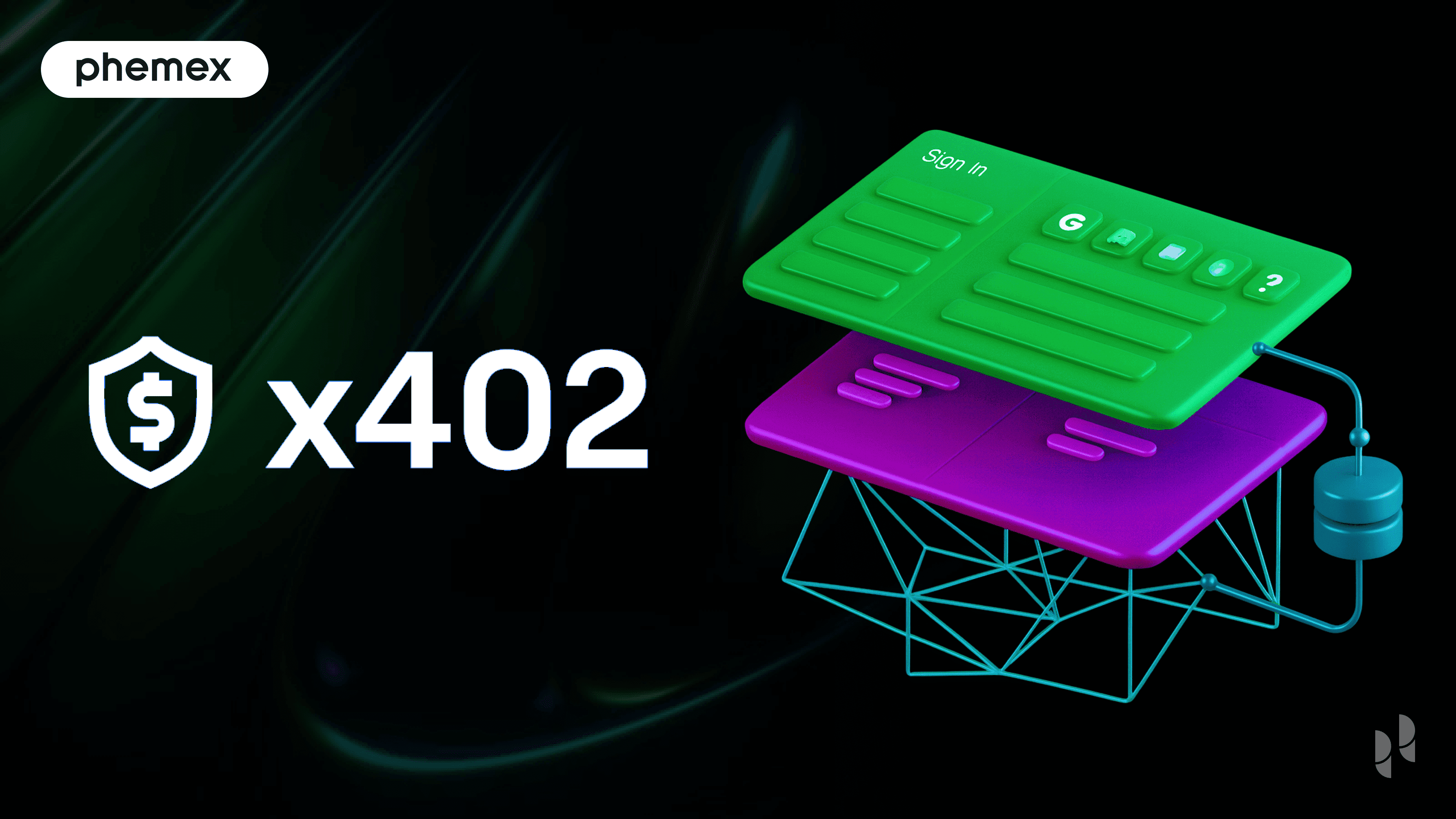Summary
- Crypto fundamental analysis consists of the study of the currency in its entirety, ranging from macro factors like token economics and market cap to micro factors like price volatility.
- The metrics needed for a crypto fundamental analysis can be placed into three categories: Project Metrics, Financial Metrics, and On-chain Metrics

What is Fundamental Analysis?
Fundamental analysis is a set of methods to analyze the core metrics and principles of an asset. It is a common discipline used by traders and investors to see the true value of an asset.
What is Fundamental Analysis in Crypto?
In terms of cryptocurrencies, fundamental analysis consists of the study of the currency in its entirety, ranging from macro factors like token economics and market cap to micro factors like price volatility. The pursuit to find the coin’s intrinsic value is initiated with a broader approach and then narrowed down.
For example, an investor starts off by taking into account the market’s health and tokenomics, and then they spiral down to the micro factors like marketing efforts and adherence to the roadmap.
How to do fundamental analysis of cryptocurrency?
Traditionally, the stock market is where we witness trades and investments based on fundamental analysis. However, you can also leverage fundamental analysis to trade and invest in digital assets and cryptocurrencies.
The need for fundamental analysis grows in relevance given the short-term volatility and the massive long-term growth of the crypto market. The market has already seen thousands of crypto projects fail, but it is also witnessing an upsurge in new projects. Since the market is innately dynamic, having sound knowledge of a crypto project’s fundamentals can help in estimating its token’s value.
Essential Fundamentals of a Cryptocurrency
While conducting fundamental analysis for a cryptocurrency, there are a plethora of metrics and yardsticks that can be considered. Also, there is no single metric that provides substantial evidence to find the intrinsic value of a coin. Therefore, picking the right set of metrics is important.
The metrics needed for fundamental analysis can be placed into three categories.
1. Project Metrics
- Whitepaper: Arguably, the most important metric is a crypto project’s whitepaper. It is a technical document that provides an in-depth view of the project. It details the objectives, the means to achieve them, use cases, the technology used, and coin supply, etc.
- Team: The personnel behind the project instills trust amongst the users and investors. Members of the team, their relevant experience, their expertise, and their public profiles are factors that build credibility.
- Tokenomics: This dives into the supply, nature, and utility of the crypto token. It provides a framework for token mining, the supply type, and preliminary token allocation. An unclear or irrelevant tokenomics with no defined use case for the crypto is a red flag.
Apart from these, we can evaluate a crypto project based on other metrics like competitors and the published roadmap.
2. Financial Metrics
- Market Capitalization: Market cap is the product of the total circulating supply and the token’s current price. You can use this metric to determine the maturity of a project’s value and its growth potential.
- Liquidity and Volume: The ease at which a currency can be traded in the market is measured as its liquidity, and trading volume helps towards understanding the cryptocurrency’s liquidity levels.
Ideally, a coin must have a consistent trading volume with minimal bid-ask spread.
3. On-chain Metrics
- Transaction Counts: This is a measurement for the trading activity of a particular coin. Generally, a higher transaction count is beneficial for growth, but this metric can be easily manipulated by organized transfer of funds between related parties to keep the transaction count high.
- Transaction Value: Unlike the previous metric, the transaction value is a better determinant of the coin’s value. It evaluates the monetary value of transactions that took place within a specific time frame.
- Transaction Fee: This is the fee paid to the miners/validators to confirm transactions. It is a trustworthy indicator of the demand being generated for a particular coin. Higher gas fees mean users are willing to pay more to get their transactions confirmed sooner.
Conclusion
Fundamental analysis can pay rich dividends, even in the crypto market. The ability to understand the true value of a coin, irrespective of its trading price, is important.
Similar to the stock market, relying on one discipline limits investors. Therefore, building a robust strategy that uses a combination of fundamental and technical analysis is ideal. This helps in identifying coins with profit potential and in timing trades.
Read More
- Fundamental Analysis (FA) vs. Technical Analysis (TA): Which Is Better for Crypto Trading?
- How To Do Crypto Research: The Best Ways to Get Started
- How to Read Crypto Charts: Learn Trading Chart Patterns
- What is On-Chain Analysis: A Beginner’s Guide
- How to DYOR (Do Your Own Research): A Comprehensive Guide
- What Is Quantitative Trading: A Beginner Guide
- Crypto Trading vs. Investing: Key Differences Explained
- Blockchain Analytics: 11 Free Crypto Research Tools You Need







